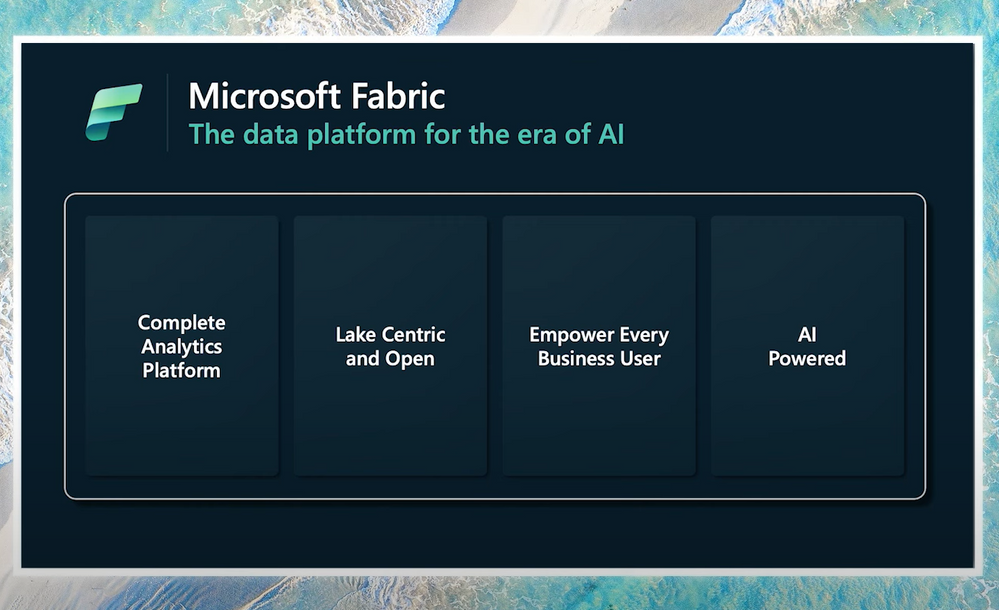Choosing the right testing framework is a critical decision in the world of software development. In this blog post, we will delve into the comparison between two popular testing frameworks: Pytest vs. Robot Framework. We’ll highlight their key features, use cases, and provide a detailed comparison table to help you make an informed choice for your testing needs.
Pytest: A Pythonic Testing Framework
Pytest is a widely adopted and versatile testing framework for Python. It excels in simplicity, scalability, and ease of use. Here are some key advantages of Pytest:
- Concise Test Code: Pytest minimizes boilerplate code, allowing developers to write clear and concise test logic.
- Automatic Test Discovery: It automatically discovers and runs tests, simplifying test suite maintenance as your project grows.
- Powerful Fixtures: Pytest provides robust fixture support for setting up and tearing down resources, streamlining test setup.
- Parameterization: Writing tests with multiple data sets is straightforward with Pytest’s parameterization feature.
- Rich Ecosystem: The Pytest ecosystem includes numerous plugins and extensions that enhance its functionality for various testing scenarios.
Robot Framework: A Test Automation Framework
The Robot Framework is an open-source test automation framework that focuses on acceptance testing and automating user interactions with applications. Here are some key advantages of the Robot Framework:
- Keyword-Driven: Robot Framework uses a keyword-driven approach, making it accessible to non-technical users and enhancing collaboration between testers and developers.
- Built-In Libraries: It includes a variety of built-in libraries for common testing tasks and supports external libraries, extending its capabilities.
- HTML Test Reports: Robot Framework generates detailed HTML test reports, making it easy to understand and analyze test results.
- Cross-Platform Support: It can be used to test applications on different platforms, including web, mobile, and desktop.
- Integration: The Robot Framework integrates well with other tools and supports various test data formats.
Pytest vs. Robot Framework: A Comparison
Let’s compare Pytest and the Robot Framework in a detailed table:
| Aspect | Pytest | Robot Framework |
|---|---|---|
| Testing Focus | Unit and functional testing in Python | Acceptance and end-to-end testing |
| Test Code Simplicity | Concise and Pythonic | Keyword-driven, suited for non-technical users |
| Test Discovery | Automatic and easy | Requires structured test case organization |
| Fixtures | Powerful fixture support | Limited fixture capabilities |
| Parameterization | Simple to implement | Supports parameterization but less flexible |
| Test Report Generation | Customizable HTML reports | Built-in HTML test reports with detailed information |
| Learning Curve | Lower | Suitable for non-technical testers |
| Third-Party Integration | Extensive plugin ecosystem | Supports various external libraries |
| Community Support | Strong community with active development | Active community with good documentation |
| Popularity | Popular in the Python community | Widely used for acceptance testing |
Making the Right Choice
The choice between Pytest and the Robot Framework depends on your project’s specific requirements and your team’s expertise. Consider the following factors:
- Project Type: For unit and functional testing within Python projects, Pytest is a strong choice. If you primarily focus on acceptance testing and have non-technical testers on your team, the Robot Framework may be more suitable.
- Team Expertise: Evaluate your team’s expertise and the skills they bring to the table. Pytest is well-suited for Python developers, while the Robot Framework can involve both technical and non-technical testers.
- Integration Needs: Consider the tools and technologies your project integrates with. Pytest’s extensive plugin ecosystem is valuable for diverse integration requirements.
- Reporting and Collaboration: The Robot Framework’s keyword-driven approach makes it user-friendly for collaboration between technical and non-technical team members.
http://informationarray.com/2023/09/19/pytest-vs-unittest-choosing-the-right-python-testing-framework/
Here are some FAQS based on Pytest and the Robot Framework
Q1: What distinguishes pytest from the Robot Framework?
A1: Pytest is a versatile Python testing framework, primarily suited for unit and functional testing within Python projects, emphasizing simplicity and scalability. In contrast, the Robot Framework is an automation-centric framework designed for acceptance testing and automating user interactions with applications, utilizing a keyword-driven approach accessible to both technical and non-technical users.
Q2: What is a notable alternative to the Robot Framework?
A2: A noteworthy alternative for acceptance testing and automation, particularly for web applications, is the “Selenium” framework. Selenium is a widely used tool for browser automation and supports multiple programming languages, including Python, providing robust capabilities for web application testing.
Q3: Is pytest classified as an automation framework?
A3: No, pytest is primarily a testing framework focused on simplifying the creation and execution of tests in Python. While pytest can be used for test automation, its primary purpose is to facilitate testing processes, unlike automation-centric frameworks like the Robot Framework.
Q4: Is pytest superior to Selenium?
A4: Pytest and Selenium serve distinct roles in the realm of testing. Pytest is a testing framework used for organizing and executing test cases, whereas Selenium is a tool for automating interactions with web browsers. They can complement each other when testing web applications, with pytest facilitating test structure and execution, and Selenium handling browser automation. The choice between them hinges on your specific testing needs.
In conclusion, both Pytest and the Robot Framework are powerful testing tools with distinct strengths. Your choice should align with your project’s specific needs, your team’s expertise, and your desired testing approach. Ultimately, selecting the right testing framework will play a significant role in ensuring the reliability and quality of your software.









